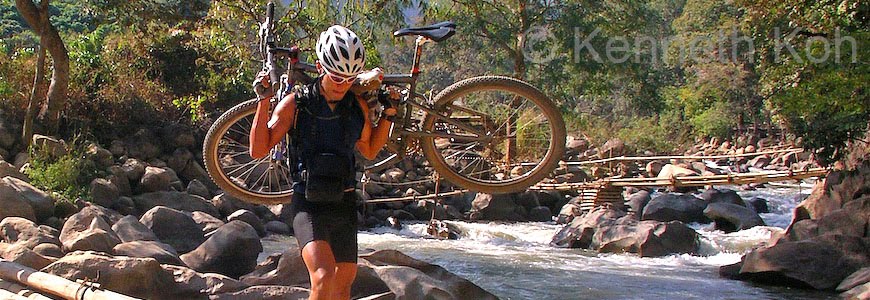Also sold as “Snake Brand”, this powder is widely available throughout South East Asia. It is marketed as “the original cooling, refreshing and soothing powder, which is effective in relieving itching, prickly heat rash, and skin irritation from hot weather”. One of the active ingredients is Triclocarban, which is an anti-bacterial and anti-fungal agent.
Adidas Kampung
These are cheap, super sticky rubber soled shoes with rubber uppers. I used my TNF Hedgehogs Mid GTX XCR and they were probably better performers, but at many times the cost. The ‘Kampung’ Adidas will do the job for only RM$5 (about USD$1.40) a pair. The only problem is that they may be hard to find outside of the kampung (village).
Homemade Citronella Repellent
I hate creepy crawlies, especially leeches. I keep them out by liberally applying DEET on my ankles and on my feet before I put my shoes on in the morning. It’s worked well for me, but the problem is that DEET gets absorbed into the bloodstream through the skin and long-term use has been linked to neurological damage, liver damage and cancer.
My friend Kiwi, who is much more experienced in the Jungle, uses a homemade concoction that can be more effective than store bought versions.
Kiwi’s Citronella Repellent Recipe
5% Citronella Essential Oil
45% water
50% Oil base (baby oil, virgin coconut oil, sunflower oil etc)
Mixed in a small spray bottle.
A Hammock
Sleep off the ground if you can. If you have to sleep on the ground, try to use a tent with a bathtub floor - A waterproof tent floor where the edges connect with the tent wall a few inches above the ground. This will keep the creepy crawlies out. If you have to sleep on the ground without any of these, clear the ground completely of dead leaves, which could hide leeches, scorpions or centipedes.






